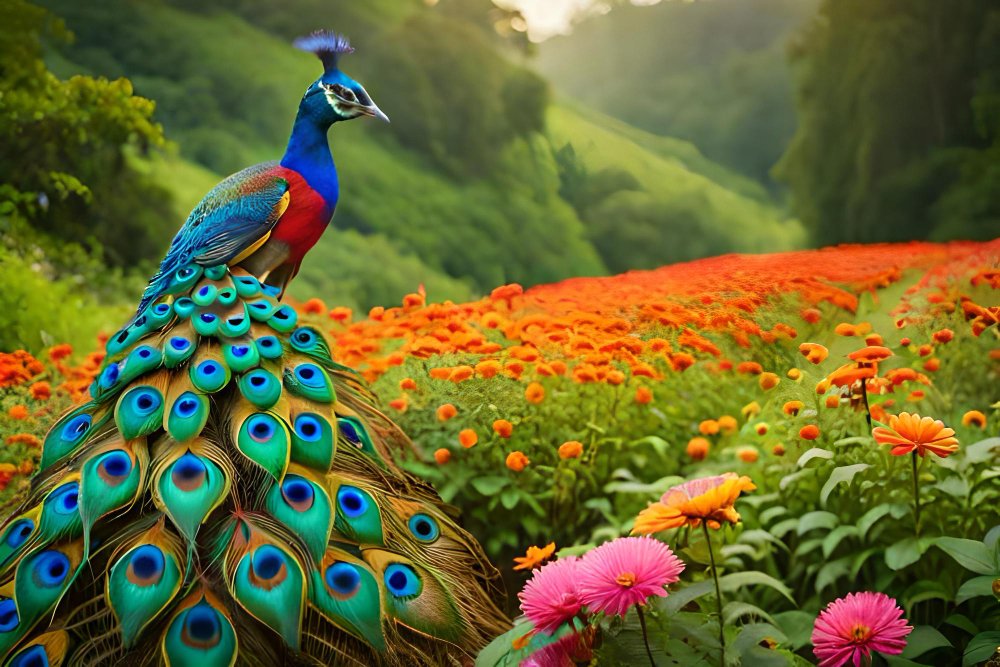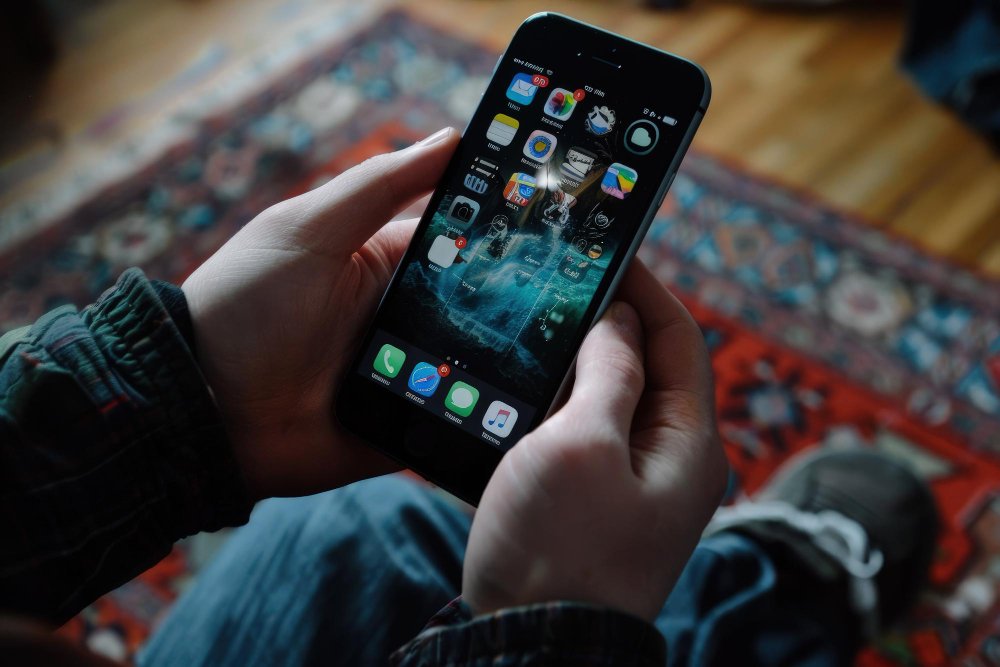Halo (2003) Game Icons Banners: A Comprehensive Look
Introduction
When “Halo: Combat Evolved” was released in 2001 by Bungie Studios, it quickly became a landmark in gaming history. By 2003, the game’s visuals, including its icons and banners, had made a significant impact. This article explores how these visuals defined the game’s identity, their evolution, and their lasting influence on both the gaming world and popular culture.
The Evolution of Halo’s Game Icons and Banners
Early Designs and Development
From the start, “Halo” was known for its unique and memorable designs. The most iconic elements include the Master Chief’s green helmet and the mysterious Halo ring. These visuals were not just game elements but symbols that connected players to the game’s universe.
Master Chief’s Helmet: The helmet is a symbol of strength and mystery. Its simple, faceless design allowed players to see themselves as the character, making it more engaging.
Halo Ring: This enormous ringworld is central to the game’s story. Its distinctive appearance became one of the most recognized symbols in gaming.
Key Visuals and Their Impact
By 2003, these icons were everywhere. They appeared on game covers, promotional materials, and banners at gaming events. Some memorable banners featured the Master Chief standing on a barren planet with the Halo ring in the sky, capturing themes of isolation and heroism.
Promotional Banners: These banners used bold colors and dynamic scenes to attract attention. They became a powerful tool for marketing and helped boost the game’s popularity.
Impact on Gaming Culture
Changing Marketing Strategies
“Halo” changed how games were marketed. The use of striking visuals like the Master Chief’s helmet and the Halo ring set new standards. Banners featuring these images appeared on websites, magazines, and even in stores.
Fan Creations: The impact of these visuals extended beyond official marketing. Fans created their own art, banners, and even cosplay costumes based on these icons. This fan engagement helped solidify Halo’s place in gaming culture.
Influence on Other Games
The success of Halo’s visuals influenced other games. Many game developers looked at how Halo’s icons and banners helped build a strong brand and aimed to replicate its success in their own games.
Legacy and Future Trends
Long-Term Influence
The visuals from Halo (2003) have had a lasting effect. The Master Chief’s helmet and the Halo ring continue to be iconic symbols in the gaming world. Even as new games and technology emerge, these early designs remain influential.
Continued Evolution: As the Halo franchise grew, its visuals evolved. New games featured updated versions of these icons, but they always stayed true to the original designs. This consistency helped maintain the franchise’s identity.
Future Predictions
Looking ahead, the trend of using powerful visuals in gaming is likely to continue. Game developers will keep building on the success of Halo’s design elements, creating new icons and banners that resonate with players.
User Engagement
Share Your Thoughts: What do you think about Halo’s iconic visuals? Have you created or seen any fan art inspired by the game? Share your thoughts and experiences in the comments below!
Explore More: Check out other articles on how game icons and banners influence gaming culture and marketing.
Conclusion
The game icons and banners from Halo (2003) have left a lasting mark on the gaming industry. They not only helped define the game’s identity but also set new standards for how games are marketed and remembered. As the franchise continues to evolve, these early visuals remain a key part of its legacy.
By understanding and appreciating the evolution of Halo’s visuals, we can see how game design and marketing have grown and how iconic images can become powerful symbols in pop culture






